
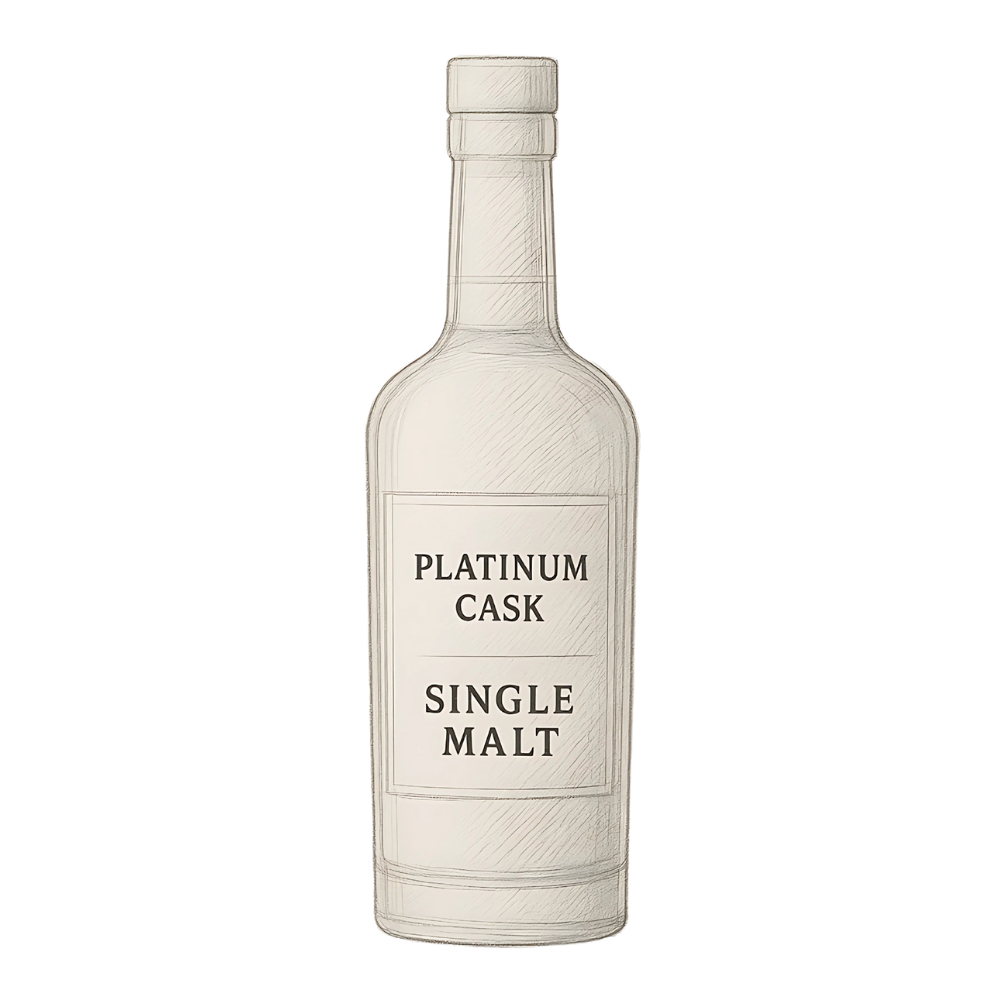

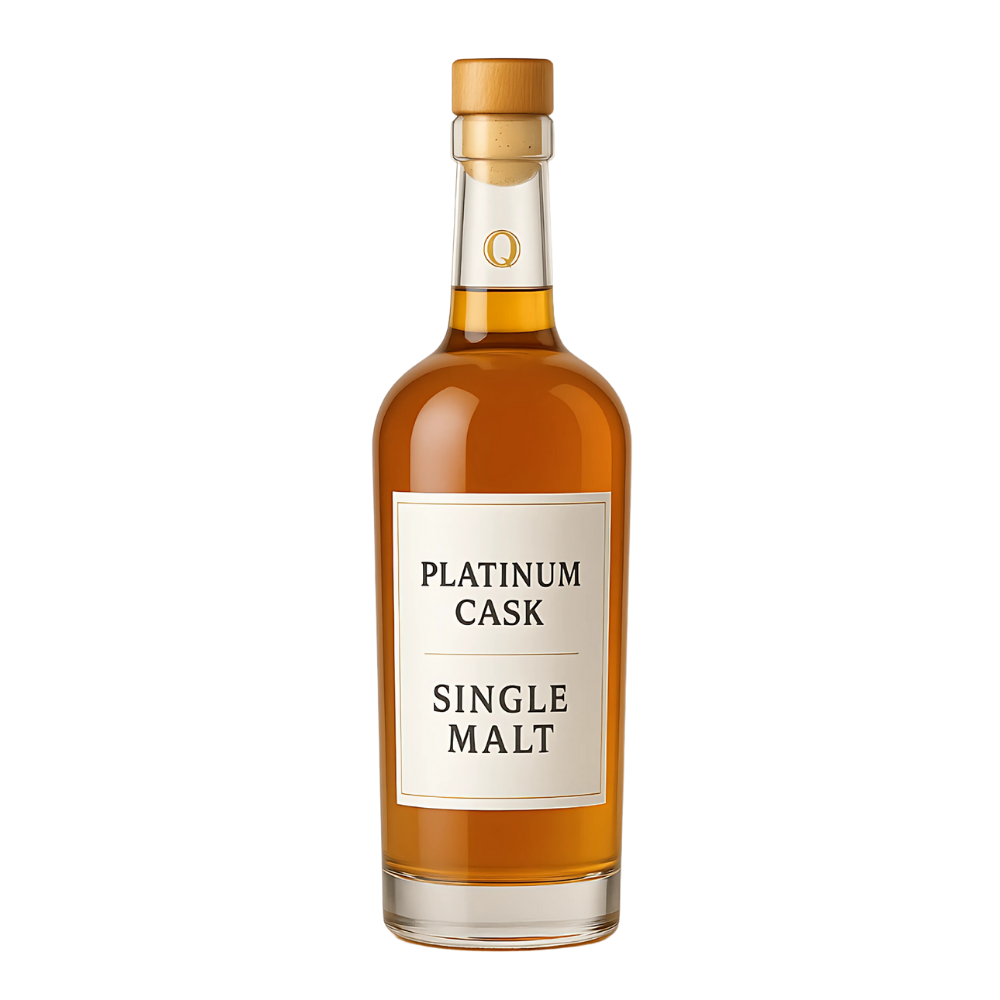
Bottling packaging costs generally fall into one of three distinct price ranges.


Essential components required for a bottling process.

Spirits are categorised by their base liquid and desired flavour profile. In the realm of whisky, diverse maturation techniques and production styles exist. Fundamentally, distinctions are made between unpeated and peated spirits. Unpeated spirits exhibit a spectrum of characteristics and exist in the current market. Therefore, creating a custom mould to produce a uniquely shaped bottle is not a prerequisite. Many highly regarded whiskies globally have been bottled in conventional “tall and round” bottles. The choice of bottle ultimately depends upon the objective for the final product.
Box

Artwork

Accessories
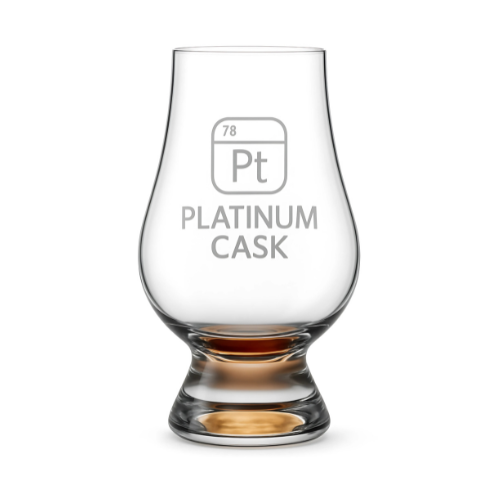
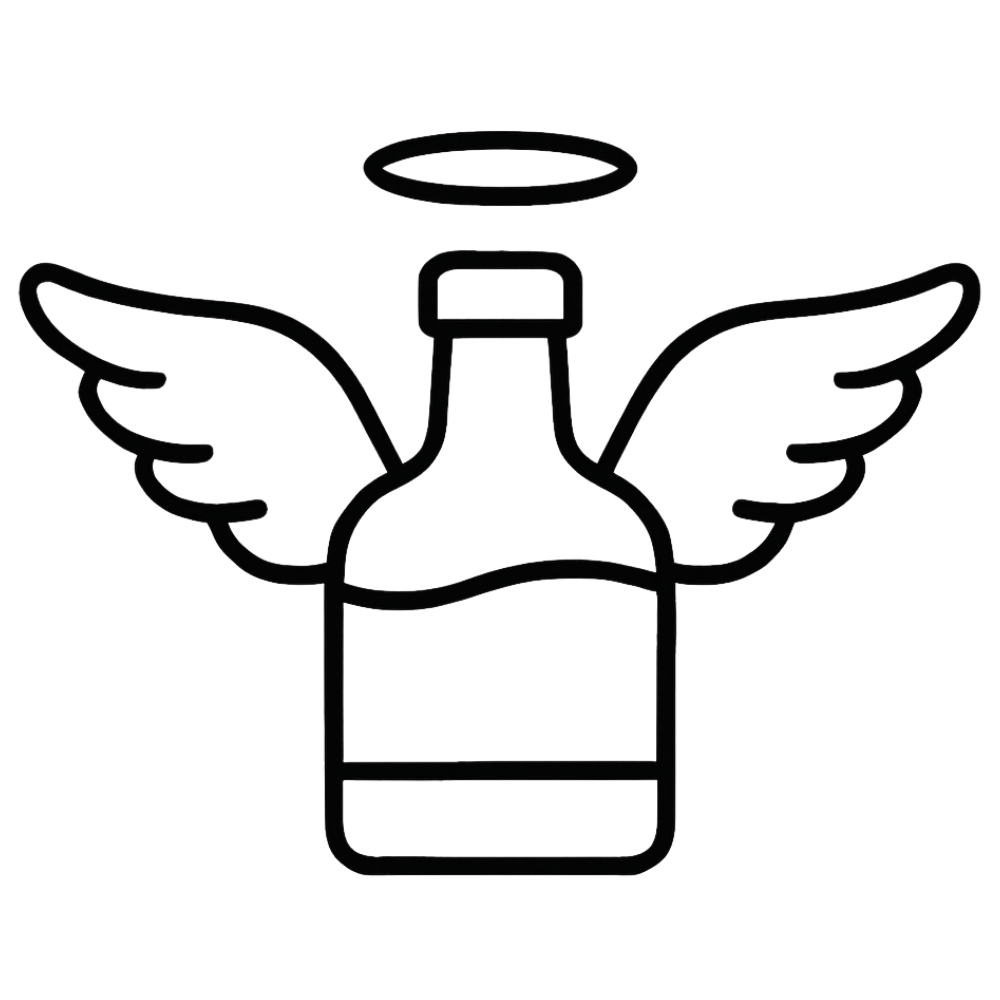



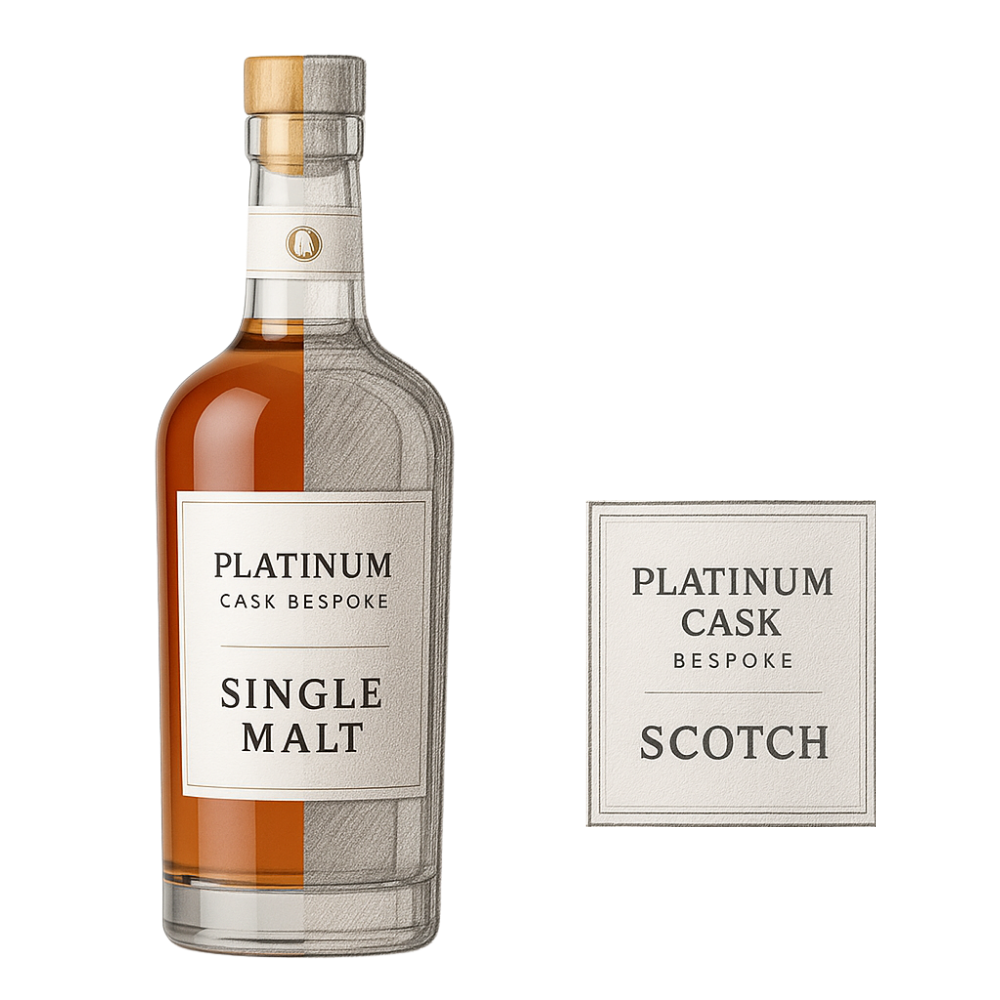





Several factors warrant consideration when determining label specifications, including design and medium. Regarding design, clients may either develop their own label designs or engage professional design services to realise their desired aesthetic. Regarding medium, while paper remains prevalent, current trends indicate an increased utilisation of alternative materials such as leather, metals, and fabrics.
The Category of Scotch Whisky
The Term “Scotch Whisky”
Alcohol by Volume (ABV)
Country of Origin
Bottler’s Name & Address
Lot or Batch Code

The most commonly used protective or decorative boxes for whisky bottles are rigid cardboard cartons, tube canisters (tins or cardboard tubes), and wooden presentation boxes, chosen based on branding, price point, and the level of protection or premium appeal desired. The price can range from GBP0.40 for rigid cardboard cartons to over GBP150.00 for wooden or wooden laminate decorative cases. You could expect to pay even more if you are looking for something truly ornate and bespoke.
Furthermore, supplemental items may be incorporated into a gift ensemble or within the presentation of your whisky bottle. Such items encompass a spectrum from artistic creations and timepieces to confections and various other elements. The selection of these items will be determined by collaborative predilections or the intended objective of the whisky packaging.
All of the aforementioned points naturally have exceptions. Anything you can imagine is achievable.

In the context of whisky bottling, stoppers, corks, and screw tops are the most prevalent closure selections. Stoppers exhibit a wide range of design complexity, spanning from minimalist to ornate. Current stopper embellishments employ diverse materials including plastics, woods, metals, glass, and crystals. For standard bottling applications, an aluminium or wooden stopper featuring a synthetic or cork bung is typically utilised.
There are 6 widely used Tamper-Evident Sleeves:
Shrink Bands
Tear-Strip Sleeves
Breakaway Caps
Wax Seals
Induction Seals
Paper or Foil Neck Seals
Shrink bands and wax seals are the most commonly employed methods.


Browse and download our
brochures and exclusive offers to learn more about
Fah Mai Holdings.